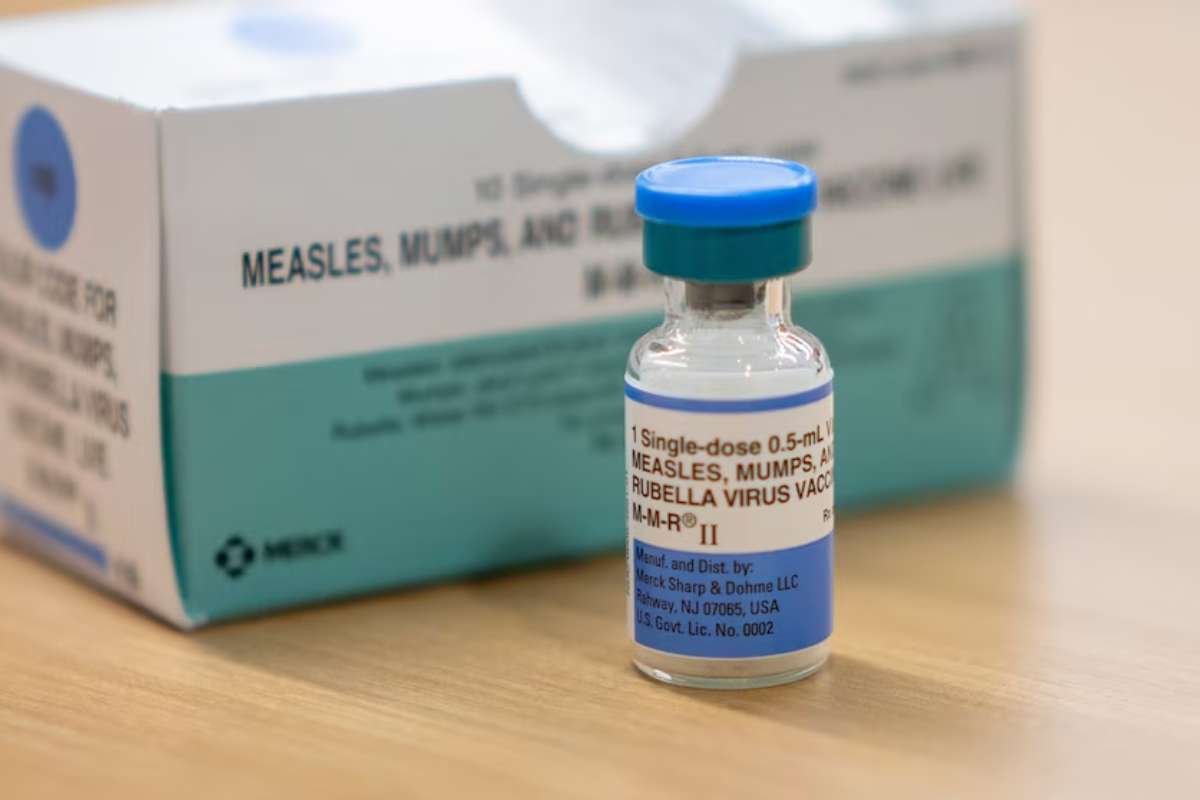According to a study by Hisao Okabe from the Fukushima Regional Centre for the Japan Environment and Children’s Study, Japan, and colleagues published on March 29, 2023 in the open-access journal PLOS ONE, children who were exposed to indoor cats or dogs during foetal development or early infancy tended to have fewer food allergies than other children.
In certain high-income nations, more than one in ten children have been identified as having food allergies, and this number is steadily increasing. Previous studies have revealed a possible connection between exposure to farm or dog animals during pregnancy and early children and a decrease in food allergies.
Research process
In this study, Okabe and colleagues examined 66,215 kids for whom information on exposure to different pets and food allergies was available. They did this by using data from the Japan Environment and Children’s Study, a large-scale prospective birth cohort study. During the foetal period, about 22 percent of women were exposed to pets—most frequently indoor dogs and cats).
While there was no discernible difference for kids living in homes with outdoor dogs, there was a significantly lower incidence of food allergies among kids exposed to indoor dogs and cats. Children who were exposed to indoor dogs were significantly less likely to develop allergies to eggs, milk, and nuts in particular; children who were exposed to indoor cats were significantly less likely to develop allergies to eggs, wheat, and soy. Perhaps surprisingly, nut allergies were significantly more common in kids who had been exposed to hamsters (0.9 percent of the entire study group).
The findings
The accuracy of participant memory is crucial because the data utilised here were self-reported (and were augmented by medical record data collected throughout the first trimester of pregnancy, during birth, and at the one-month check-up). Furthermore, the study is unable to establish a causal relationship between pet exposure and the occurrence of food allergies. However, the authors contend that these findings can help direct future investigation into the mechanisms underlying paediatric food allergies.
Also Read: 10 Myths about Pet care debunked






.jpg)
